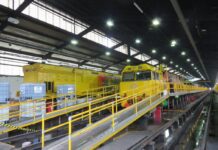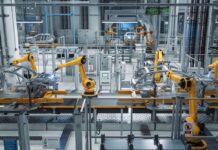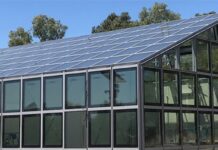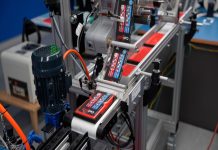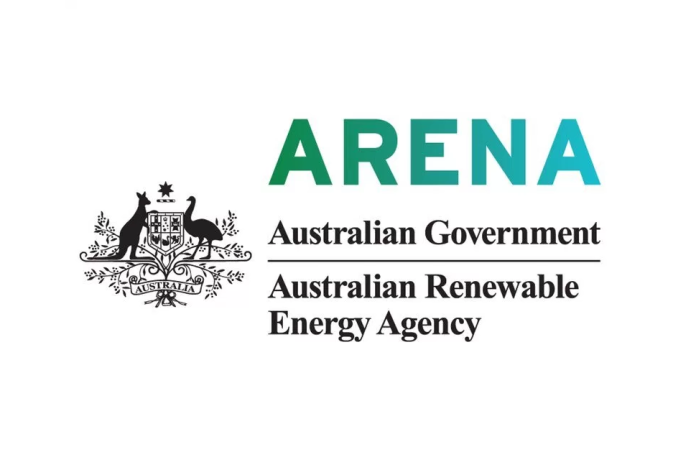
Media Release
On behalf of the Australian Government, the Australian Renewable Energy Agency (ARENA) has today announced up to $579,786 in funding to Rio Tinto to support a feasibility study investigating the potential to partially decarbonise its alumina refining operations using renewable hydrogen.
Conventional alumina refining combusts natural gas to achieve the high temperatures necessary in the calcination process. Rio Tinto will investigate the technical implications of displacing natural gas with renewable hydrogen at its Yarwun alumina refinery in Gladstone, Queensland. The study would inform the viability of a potential demonstration project to validate the findings.
The $1.2 million study, funded equally by ARENA and Rio Tinto, will comprise two distinct work packages:
- Simulating the calcination process using a lab scale reactor at Rio Tinto’s Bundoora Technical Development Centre in Melbourne, Victoria.
- Preliminary engineering and design study conducted at Rio Tinto Yarwun to understand the construction and operational requirements of a potential demonstration project at the refinery.
The study will see an improved understanding of the potential for renewable hydrogen to be used in the alumina refining process and the scope of development works required to implement hydrogen fuelled calcination technology at an existing alumina refinery.
Australia is the world’s largest producer of bauxite and the largest exporter of alumina, accounting for 15 per cent of global alumina refining capacity. Alumina refining is an energy intensive process that uses high pressure steam to produce the heat required to process bauxite into alumina. Alumina can then be converted to aluminium in a smelting process.
ARENA has identified the alumina sector as a key target in its strategy to support industry to reduce emissions due to the potential size of emissions abatement. In 2019, alumina refining accounted for over 14 million tonnes of carbon dioxide in Australia, which represents approximately 24 per cent of Australia’s scope 1 manufacturing emissions.
The Australian Government’s first Low Emissions Technology Statement highlights the importance of developing a low emissions steel and aluminium industry to help reduce emissions and stimulate economic activity. Innovation in metals refining can improve the competitiveness and emissions intensity of Australia’s steel and aluminium production.
Last month, ARENA announced $11.3 million in funding for Alcoa to investigate and deploy an alternative technology that uses recycled steam for process heat powered by renewable energy.
ARENA CEO Darren Miller said Rio Tinto’s study would explore the potential for hydrogen to reduce emissions across the aluminium supply chain and would complement ARENA’s support for Alcoa’s project.
“If we can replace fossil fuels with clean hydrogen in the refining process for alumina, this will reduce emissions in the energy and emissions intensive refining stage of the aluminium supply chain. Exploring these new clean energy technologies and methods is a crucial step towards producing green aluminium.
This study will investigate a potential technology that can contribute to the decarbonisation of the Australian alumina industry. If successful, the technical and commercial lessons from Rio Tinto’s study could lead to the implementation of hydrogen calcination technology, not only in Australia, but also internationally,” he said.
Rio Tinto accounts for approximately a third of Australia’s total alumina production capacity. Rio Tinto is aiming to reach net zero emissions across its operations by 2050. Across the company, it is targeting a 15 per cent reduction in absolute emissions and a 30 per cent reduction in its emissions intensity by 2030, from a 2018 baseline.
Rio Tinto Aluminium Pacific Operations acting managing director Daniel van der Westhuizen said “We see the ARENA and Rio Tinto-funded study as a step towards reducing refinery emissions and one that has the potential to play an important part in Rio Tinto’s commitment to decarbonisation.
“We’re investing in work that needs to be done, not only to decarbonise one of our sites, but also to help provide a lower-emissions pathway for Rio Tinto and the global aluminium industry.
“We recognise we are on a long road towards reducing emissions across our operations and there is clearly more work to be done. But projects such as this are an important part of helping us get there.”




